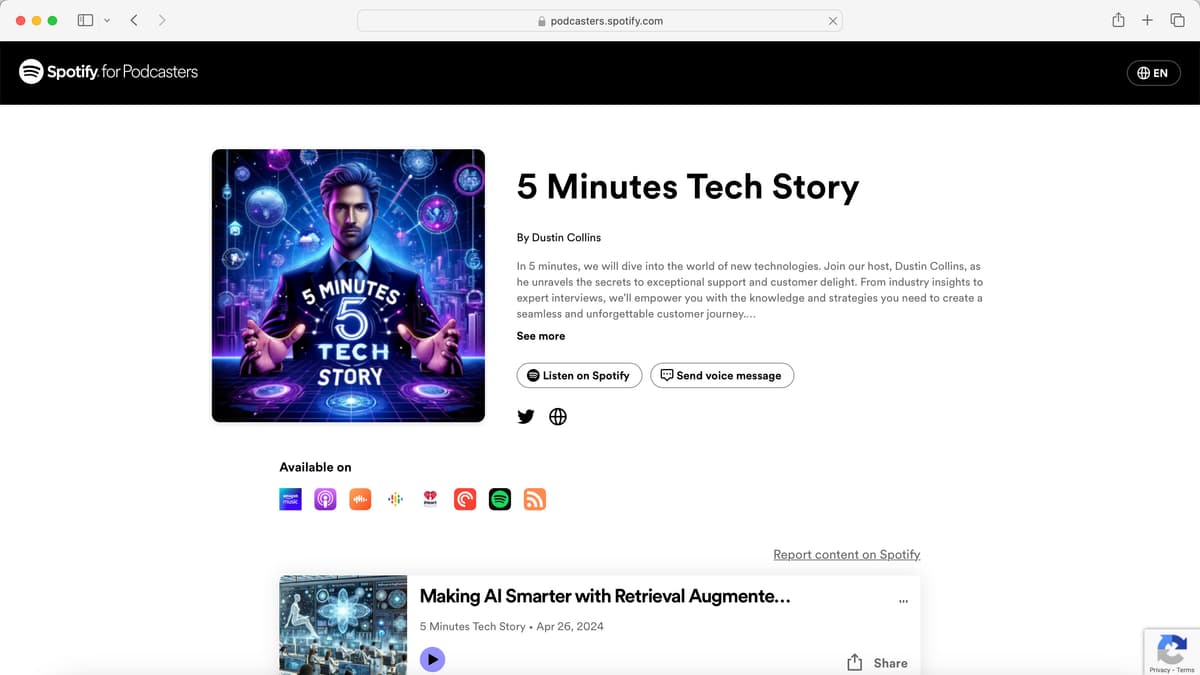How Long Does a Tire Alignment Take?
Getting a tire alignment is a key part of vehicle maintenance. If you notice uneven tire wear or your car pulling to one side, it might be time for an alignment. But how long does it take, and what actually happens during the process?
Typical Timeframe for Tire Alignment
A standard tire alignment typically takes between 30 minutes to an hour. Several factors can influence this timeframe, including the type of alignment, the condition of the vehicle, and the shop's workload. For instance, if your vehicle requires a more complex adjustment or if additional repairs are needed, the process may take longer.
What Happens During a Tire Alignment?
When you bring your vehicle in for an alignment, technicians perform several important steps to make sure your car's wheels are properly aligned. Here's a breakdown of the process:
-
Inspection of the Vehicle: Before beginning the alignment, technicians will inspect your tires, suspension, and steering components. They look for signs of wear and damage, which could affect the alignment.
-
Measuring Current Alignment: Using specialized equipment, the technician measures the angles of your wheels. They check three key angles: camber, caster, and toe.
- Camber refers to the angle of the wheels when viewed from the front.
- Caster is the angle of the steering axis when viewed from the side.
- Toe indicates whether the front of the wheels is pointed inwards or outwards.
-
Adjusting the Angles: Once the measurements are taken, technicians adjust the alignment angles to bring them within the manufacturer’s specifications. This often involves loosening bolts on the suspension and steering components to make necessary adjustments.
-
Rechecking Measurements: After adjustments are made, the technician re-measures the alignment angles to ensure they are correctly aligned. This step is crucial to confirm that the adjustments have been successful.
-
Final Inspection and Road Test: Some shops may perform a road test to ensure the vehicle feels stable and that there are no issues after the alignment. They will also check tire pressure to make sure it’s properly set.
Signs You Need an Alignment
If you're experiencing any of the following issues, it's time to schedule a tire alignment:
- Your car pulls to one side while driving.
- There is uneven tire wear.
- The steering wheel is off-center when driving straight.
- You hear unusual noises from your tires.
A tire alignment is a straightforward process that is crucial for the longevity of your tires and the overall performance of your vehicle. If you are experiencing any of the symptoms mentioned above, don’t hesitate to visit a reliable mechanic or alignment specialist.












